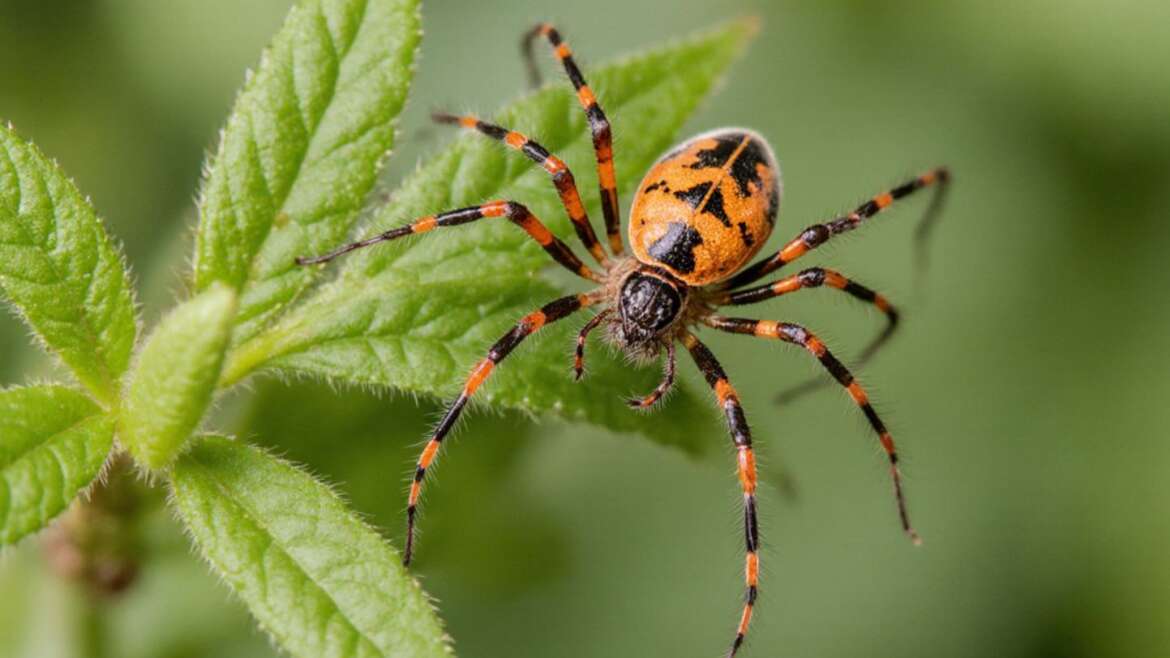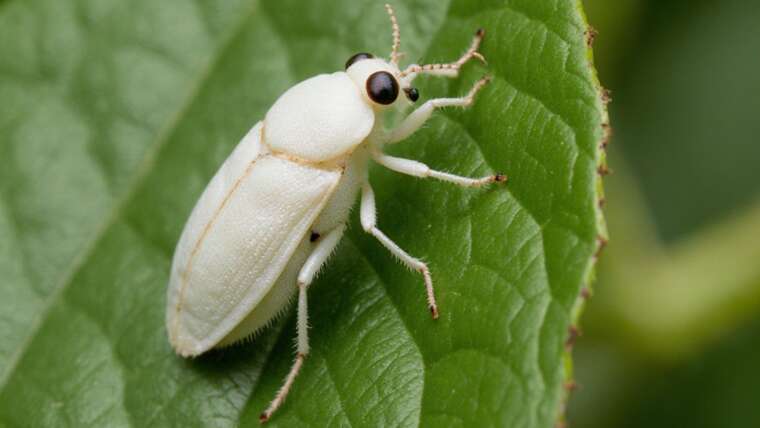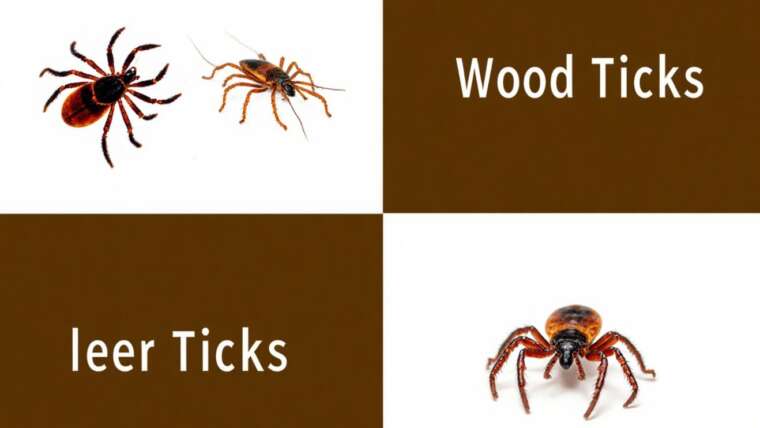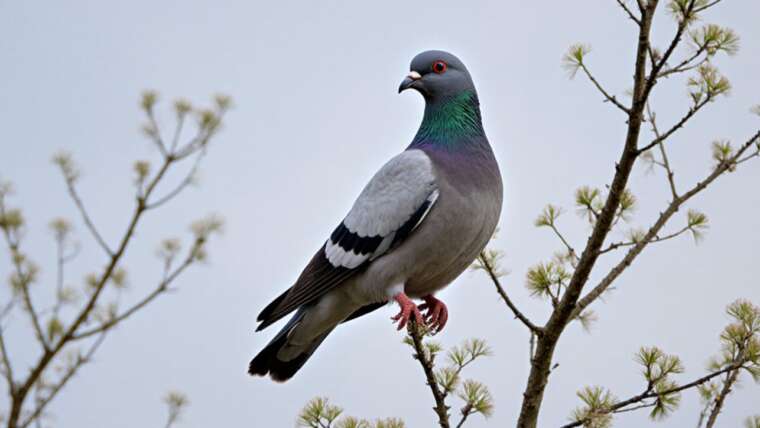Spider mites are tiny arachnids belonging to the Tetranychidae family, which makes them relatives of spiders, ticks, and scorpions rather than insects. These pests can reproduce rapidly and primarily feed on the plant’s vital fluids, making them a significant concern for both indoor plants and outdoor gardens. Understanding how to identify, prevent, and manage spider mite infestations is essential for maintaining the health of your plants. Here’s an in-depth look at these pests and how to combat them.
How to Identify Spider Mites
Spider mites can be incredibly challenging to spot due to their minuscule size—adults measure only about 1/50th of an inch in length. While there are around 1,200 different species, many exhibit similar characteristics. Instead of looking for the mites themselves, be vigilant for signs of their presence.
Identification Tip: Use a magnifying glass to inspect both sides of the leaves for stippling or fine webbing. If you’re still uncertain, take a piece of white paper, place it under a leaf, and tap gently. Look closely; any small moving dots are likely spider mites.
Spider mites develop through five life stages, typically taking about five days to reach adulthood. Female spider mites can produce an average of 100 eggs during their 30-day lifespan. These rapid reproductive rates contribute to sudden population explosions, especially in warm, dry conditions.
Fact: The two-spotted spider mite is notorious for its rapid lifecycle and can quickly devastate garden plants and houseplants alike. Monitoring environmental conditions like heat and humidity can help predict mite populations.
Where Do Spider Mites Come From?
Often, spider mites find their way into homes via new houseplants. If you’ve recently introduced a new addition to your collection, it may have arrived with these unwanted guests. Their ability to spread quickly makes them particularly troublesome indoors; they thrive on common houseplants such as palms, calathea, and English ivy.
Prevention Tip: Inspect all new plants thoroughly before bringing them into your home. Check for signs of webbing, discoloration, or other abnormalities on both the foliage and soil.
Spider mites can also infiltrate through tiny cracks and gaps in windows and doors. Ensuring that your home is well-sealed can help keep these pests at bay. Regularly monitoring your plants for early signs of infestation can help you catch problems before they escalate.
Fact: Maintaining an optimal indoor humidity level can help deter spider mites, as they thrive in dry environments. Consider using a humidifier in drier seasons.
What Damage Can Spider Mites Cause?
Spider mites feed on chlorophyll by using their specialized mouthparts to puncture individual plant cells. This feeding behavior results in a stippled appearance on leaves, with many tiny white spots indicating their presence. If left unchecked, damaged leaves can turn brown and ultimately fall off the plant, leading to severe harm or even death.
Damage Insight: High populations of spider mites can produce noticeable webbing across leaves and stems, which can worsen the damage to plants. Regular inspections can help you identify the earliest signs of damage.
While spider mites pose no direct threat to pets or humans, a significant infestation can become a prolonged nuisance and lead to difficult-to-manage scenarios.
Fact: Severe infestations can weaken plants significantly, making them more susceptible to diseases and other pests.
How to Help Prevent Spider Mites
Proactive prevention is the most effective approach to managing spider mites. Regular plant checks are crucial. Make it a habit to inspect your indoor plants every one to two weeks; more frequent checks may be necessary if you live in a particularly dry environment.
Inspection Strategy: Use a checklist to keep track of each plant inspected, noting any signs of stress or damage as a reminder to check them regularly.
When acquiring new plants, always inspect for damage and spider mite signs, as these pests can easily hitch a ride into your home. Additionally, be wary of over-fertilizing your plants since this can attract spider mites due to increased protein and amino acid levels in the foliage.
Fact: Over-watering can also lead to conditions that encourage spider mite infestations, creating a delicate balance between moisture and plant health.
Washing plant leaves occasionally with a soft cloth or spraying them with lukewarm water can help detach existing spider mites. You might also consider using insecticides, insecticidal soaps, or horticultural oils as more robust methods to combat current infestations.
Effective Treatment Tip: Always follow the application instructions carefully and consider using organic options if you want to avoid chemicals, especially on food plants.
By taking these preventative and proactive measures, you can keep spider mites at bay and maintain the vibrancy and health of your plants.





